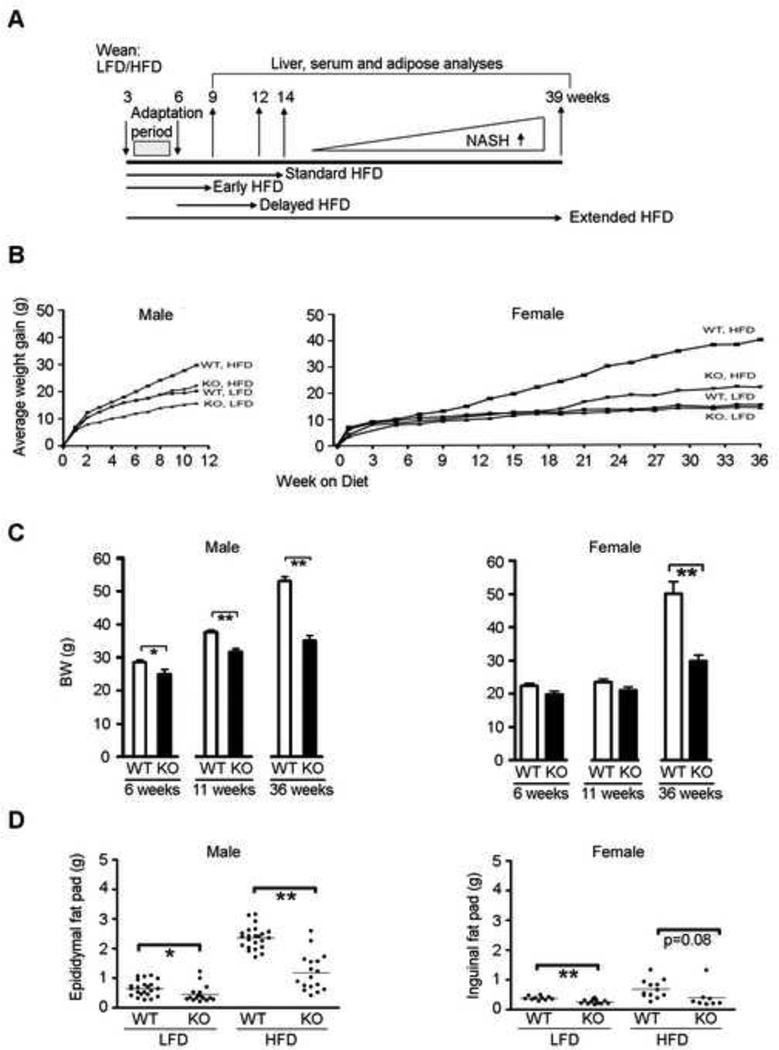Figure 1. Cyp1b1-ko mice exhibit decreased adiposity.
A. Experimental design to determine effect of Cyp1b1 deletion on diet responses.
B. Average body weight (BW) gain in male and female C57BL/6j (WT) and Cyp1b1-ko (KO) mice for, respectively, 11 and 36 weeks post-weaning.
C. Average BW of male and female WT and KO mice fed the HFD for 6, 11 and 36 weeks post-weaning. The bar graphs indicate the average BW ± SEM. (Male WT: n=20, 6-week; n=23, 11-week; n=11, 36-week. Male KO: n=4, 6-week; n=17, 11-week; n=6, 36-week. Female WT: n=13, 6-week; n=12, 11-week; n=3, 36-week. Female KO: n=7, 6-week; n=10, 11-week; n=3, 36-week.)
D. Epididymal and inguinal fat pad mass in male and female WT and KO mice fed the LFD or HFD for 11 weeks post-weaning. Each dot represents an individual animal. The horizontal line represents the average fat pad mass of each group. (WT males: n=22 LFD, n=23 HFD. KO males: n=16 LFD, n=17 HFD. WT females: n=10 LFD, n=12 HFD. KO females: n=12 LFD, n=8 HFD.)
*p<0.05, ** p<0.01.

